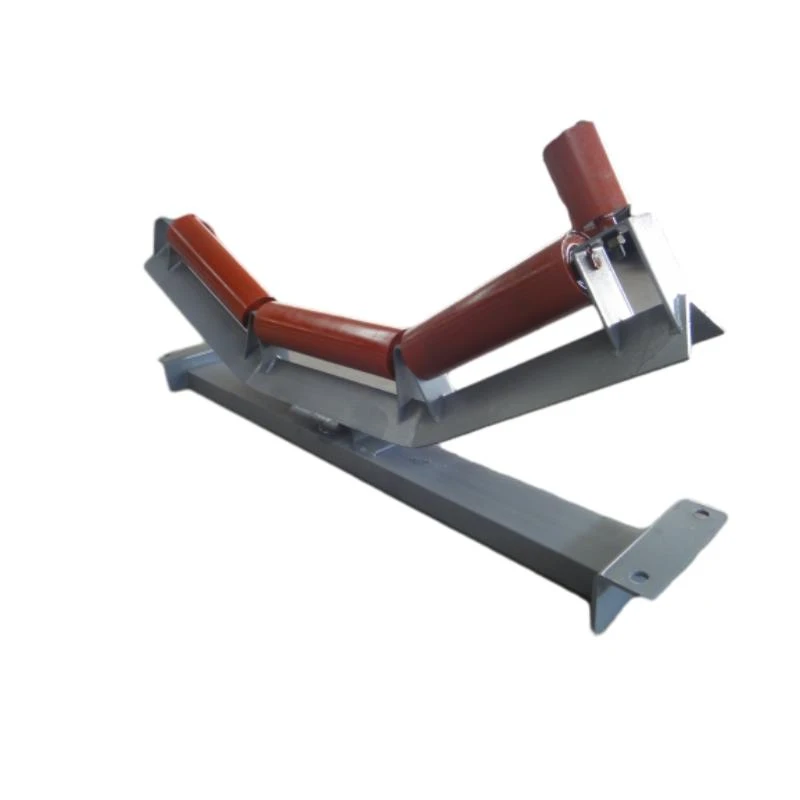 Afrikaans
Afrikaans  Albanian
Albanian  Amharic
Amharic  Arabic
Arabic  Armenian
Armenian  Azerbaijani
Azerbaijani  Basque
Basque  Belarusian
Belarusian  Bengali
Bengali  Bosnian
Bosnian  Bulgarian
Bulgarian  Catalan
Catalan  Cebuano
Cebuano  Corsican
Corsican  Croatian
Croatian  Czech
Czech  Danish
Danish  Dutch
Dutch  English
English  Esperanto
Esperanto  Estonian
Estonian  Finnish
Finnish  French
French  Frisian
Frisian  Galician
Galician  Georgian
Georgian  German
German  Greek
Greek  Gujarati
Gujarati  Haitian Creole
Haitian Creole  hausa
hausa  hawaiian
hawaiian  Hebrew
Hebrew  Hindi
Hindi  Miao
Miao  Hungarian
Hungarian  Icelandic
Icelandic  igbo
igbo  Indonesian
Indonesian  irish
irish  Italian
Italian  Japanese
Japanese  Javanese
Javanese  Kannada
Kannada  kazakh
kazakh  Khmer
Khmer  Rwandese
Rwandese  Korean
Korean  Kurdish
Kurdish  Kyrgyz
Kyrgyz  Lao
Lao  Latin
Latin  Latvian
Latvian  Lithuanian
Lithuanian  Luxembourgish
Luxembourgish  Macedonian
Macedonian  Malgashi
Malgashi  Malay
Malay  Malayalam
Malayalam  Maltese
Maltese  Maori
Maori  Marathi
Marathi  Mongolian
Mongolian  Myanmar
Myanmar  Nepali
Nepali  Norwegian
Norwegian  Norwegian
Norwegian  Occitan
Occitan  Pashto
Pashto  Persian
Persian  Polish
Polish  Portuguese
Portuguese  Punjabi
Punjabi  Romanian
Romanian  Russian
Russian  Samoan
Samoan  Scottish Gaelic
Scottish Gaelic  Serbian
Serbian  Sesotho
Sesotho  Shona
Shona  Sindhi
Sindhi  Sinhala
Sinhala  Slovak
Slovak  Slovenian
Slovenian  Somali
Somali  Spanish
Spanish  Sundanese
Sundanese  Swahili
Swahili  Swedish
Swedish  Tagalog
Tagalog  Tajik
Tajik  Tamil
Tamil  Tatar
Tatar  Telugu
Telugu  Thai
Thai  Turkish
Turkish  Turkmen
Turkmen  Ukrainian
Ukrainian  Urdu
Urdu  Uighur
Uighur  Uzbek
Uzbek  Vietnamese
Vietnamese  Welsh
Welsh  Bantu
Bantu  Yiddish
Yiddish  Yoruba
Yoruba  Zulu
Zulu Feb . 16, 2025 10:12
Back to list
Customized Roller
Belt conveyor systems play a crucial role in various sectors, from material handling in warehouses to streamlining production processes in manufacturing plants. At the heart of these systems are the often-overlooked yet indispensable belt conveyor rollers. Delving into the variety of belt conveyor roller types requires an understanding of their functionalities, applications, and how they enhance system efficiency.
For applications requiring contamination-free environments, like food processing or pharmaceuticals, stainless steel rollers emerge as a pivotal choice due to their corrosion-resistant properties. These rollers ensure compliance with health regulations without compromising on performance, showcasing the critical balance between hygiene and efficiency. Specialty applications often necessitate custom solutions, and here, self-aligning rollers prove beneficial. They automatically adjust to correct belt misalignment, an essential function in systems where maintaining precise belt operations is crucial to avoid spillage or unnecessary wear. Furthermore, in industries focusing on optimizing energy efficiency, energy-saving rollers have been developed to reduce power consumption. These innovations leverage advanced materials and design techniques to minimize rolling resistance, reflecting an increasing trend towards sustainable industrial operations. Understanding the different types of belt conveyor rollers is not solely about acknowledging their presence but appreciating their individual contributions to a conveyor system's effectiveness. The selection of an appropriate roller type directly translates into operational longevity, cost-efficiency, and optimized performance, highlighting the importance of tailored solutions to meet specific industry requirements. Ultimately, recognizing the diverse capabilities of conveyor rollers allows businesses to make informed decisions, ensuring that their conveyor systems are not only effective but also economical and sustainable in the long run. This insight empowers engineers and decision-makers to elevate their operations, lending credence to the importance of expertise and innovation in conveyor technology.


For applications requiring contamination-free environments, like food processing or pharmaceuticals, stainless steel rollers emerge as a pivotal choice due to their corrosion-resistant properties. These rollers ensure compliance with health regulations without compromising on performance, showcasing the critical balance between hygiene and efficiency. Specialty applications often necessitate custom solutions, and here, self-aligning rollers prove beneficial. They automatically adjust to correct belt misalignment, an essential function in systems where maintaining precise belt operations is crucial to avoid spillage or unnecessary wear. Furthermore, in industries focusing on optimizing energy efficiency, energy-saving rollers have been developed to reduce power consumption. These innovations leverage advanced materials and design techniques to minimize rolling resistance, reflecting an increasing trend towards sustainable industrial operations. Understanding the different types of belt conveyor rollers is not solely about acknowledging their presence but appreciating their individual contributions to a conveyor system's effectiveness. The selection of an appropriate roller type directly translates into operational longevity, cost-efficiency, and optimized performance, highlighting the importance of tailored solutions to meet specific industry requirements. Ultimately, recognizing the diverse capabilities of conveyor rollers allows businesses to make informed decisions, ensuring that their conveyor systems are not only effective but also economical and sustainable in the long run. This insight empowers engineers and decision-makers to elevate their operations, lending credence to the importance of expertise and innovation in conveyor technology.
Next:
Latest news
-
Revolutionizing Conveyor Reliability with Advanced Rubber Lagging PulleysNewsJul.22,2025
-
Powering Precision and Durability with Expert Manufacturers of Conveyor ComponentsNewsJul.22,2025
-
Optimizing Conveyor Systems with Advanced Conveyor AccessoriesNewsJul.22,2025
-
Maximize Conveyor Efficiency with Quality Conveyor Idler PulleysNewsJul.22,2025
-
Future-Proof Your Conveyor System with High-Performance Polyurethane RollerNewsJul.22,2025
-
Driving Efficiency Forward with Quality Idlers and RollersNewsJul.22,2025
OUR PRODUCTS





























